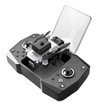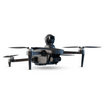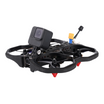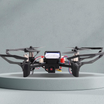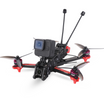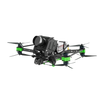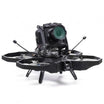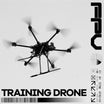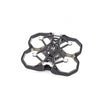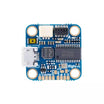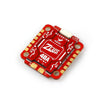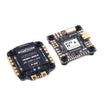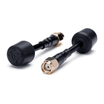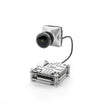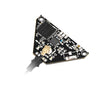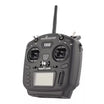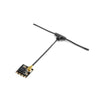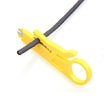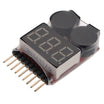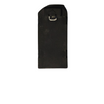What is Type Certification for Drones?
Drone type certification is an official recognition from aviation authorities that a specific drone model meets rigorous safety and performance standards. It's a mandatory step for any drones intended for commercial or extensive operational use in regulated airspace.
Who Needs to Apply for Drone Type Certification?
Not all drones need type certification; manufacturers, importers, and assemblers of drones intending to operate in regulated airspace or above certain altitudes must apply for type certification. This ensures their drones are safe for operation and compliant with national and international guidelines.
Hobby drones often fall outside stringent regulatory frameworks but knowing the regulations that apply to your drone is crucial.
What Are the Step-by-Step Drone Certification Process?
1. Application and Documentation:
Q: What’s the first step in the drone certification process?
A: The process kicks off with submitting a detailed application to the regulatorybody, such as the FAA or EASA, which includes comprehensive details about the drone’s design, manufacturing processes, and intended use.
2. Evaluation and Inspection:
Q: What happens after the application is submitted?
A: The submitted documents are reviewed by experts. This phase may include on-site inspections and initial testing to verify the information provided and assess the drone's compliance with safety norms.
3. Testing for Compliance:
Q: What tests do drones undergo for certification?
A: Drones are subjected to a series of rigorous tests that evaluate their navigation systems, safety features, performance under various conditions, and much more to ensure they meet all operational standards.
4. Review and Certification Issuance:
Q: How is the final decision made for type certification?
A: Following successful testing and evaluation, a final review is conducted. If the drone meets all required standards, the certification authority will issue a type certificate, officially allowing the drone to be operated within specified conditions.
What Documents Are Required for the Certification Process?
Applicants need to provide a range of documents including:- Technical specifications and design documents.
- Test reports from both ground and flight tests.
- Maintenance manuals and operational procedures.
- Compliance declarations for all necessary regulations.
How Long Does the Certification Process Take?
The duration of the certification process can vary based on the complexity of the drone system and the completeness of the submitted documentation. Generally, it involves detailed planning and several stages of evaluation, which can take several months to complete.
What Are the Challenges Faced During the Drone Certification Process?
Manufacturers might face challenges such as meeting stringent safety standards, undergoing rigorous testing procedures, and ensuring full documentation is compliant and complete. Adapting to regulatory changes and managing the logistics of certification testing also pose significant challenges.
How Can Manufacturers Prepare for Certification?
Preparation is key to a successful certification process. Manufacturers should:- Thoroughly understand the regulatory requirements.
- Engage with experienced consultants or certification experts.
- Ensure robust design and testing phases prior to application.
- Maintain detailed and organized documentation throughout the development process.
Conclusion:
The drone type certification process is essential for ensuring the safety and compliance of RPAS with existing aviation standards. By understanding and preparing for this process, manufacturers can navigate the complexities of certification and successfully bring their drones to market.
For more detailed insights on each step of the certification process and expert advice, visit detailed guide here.

